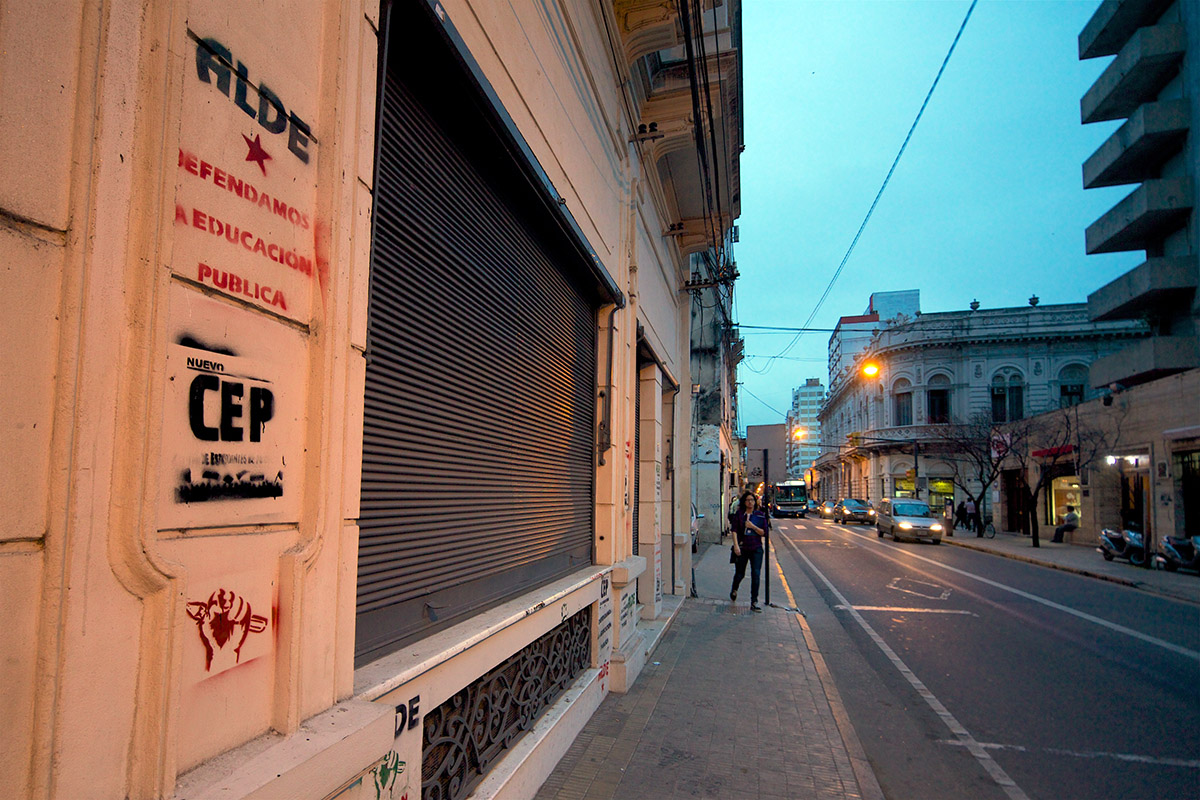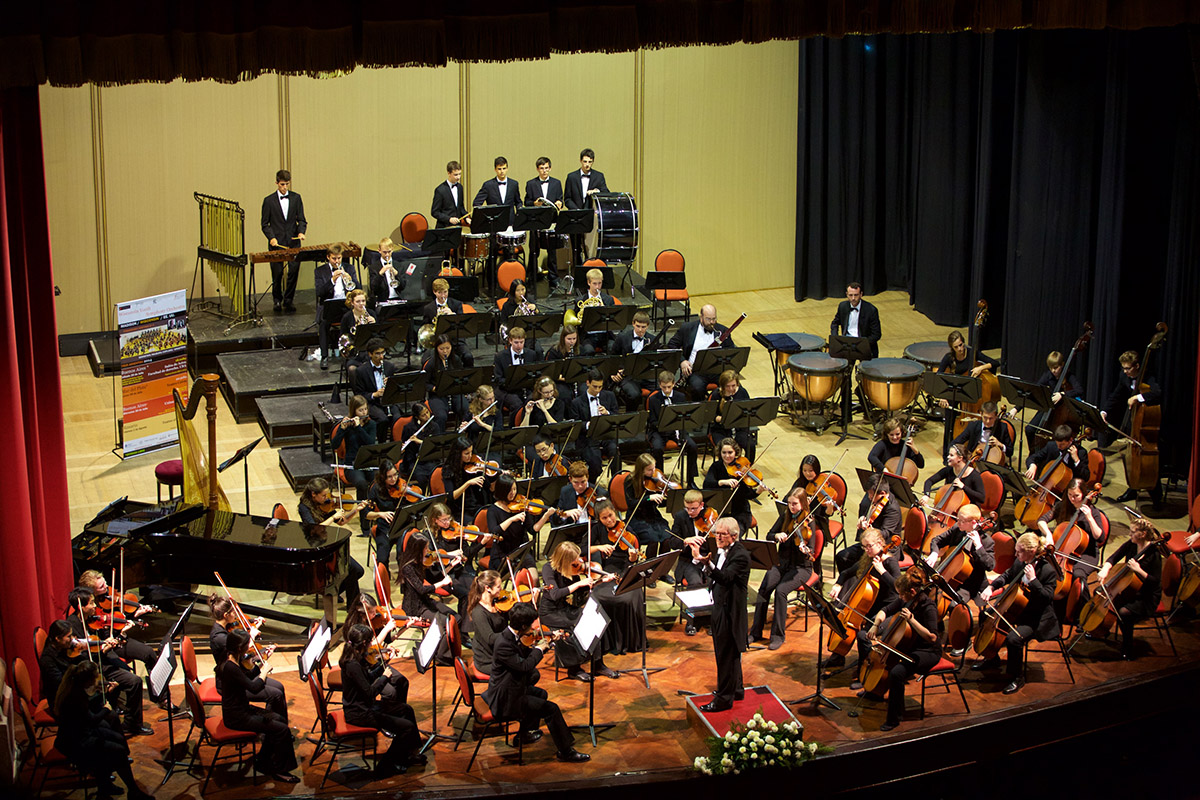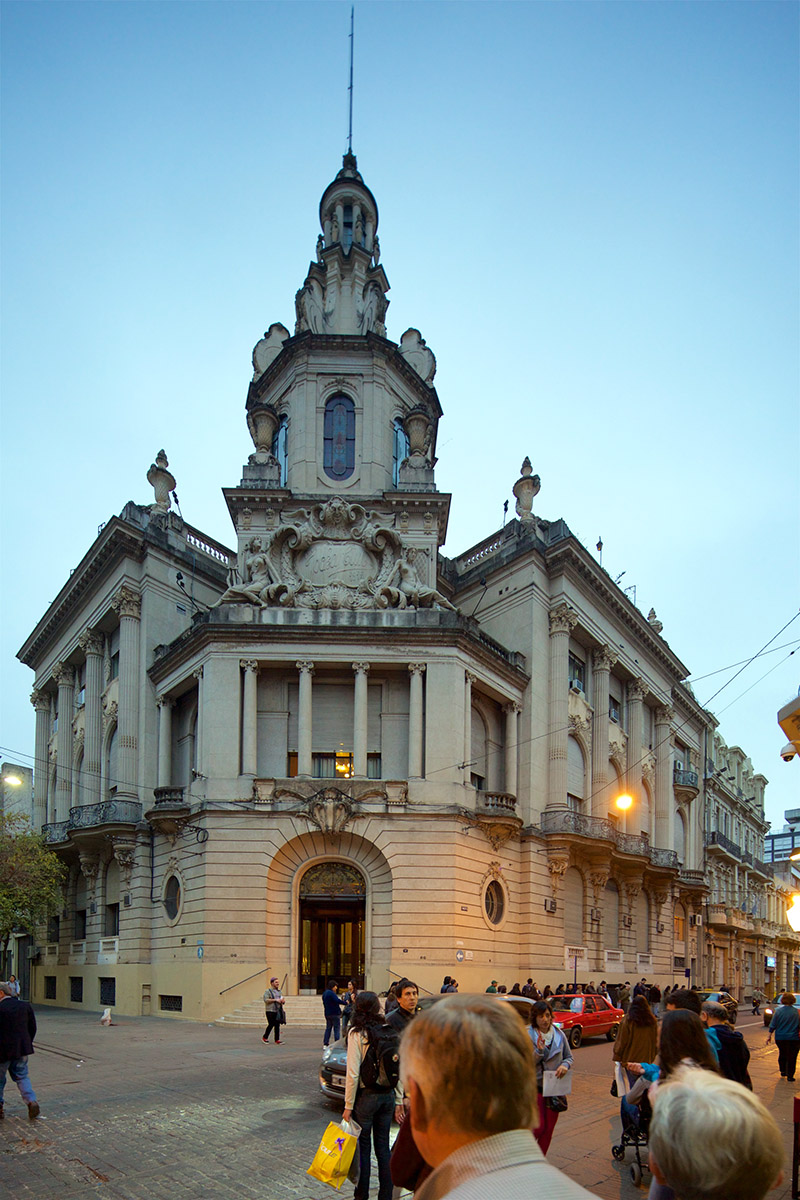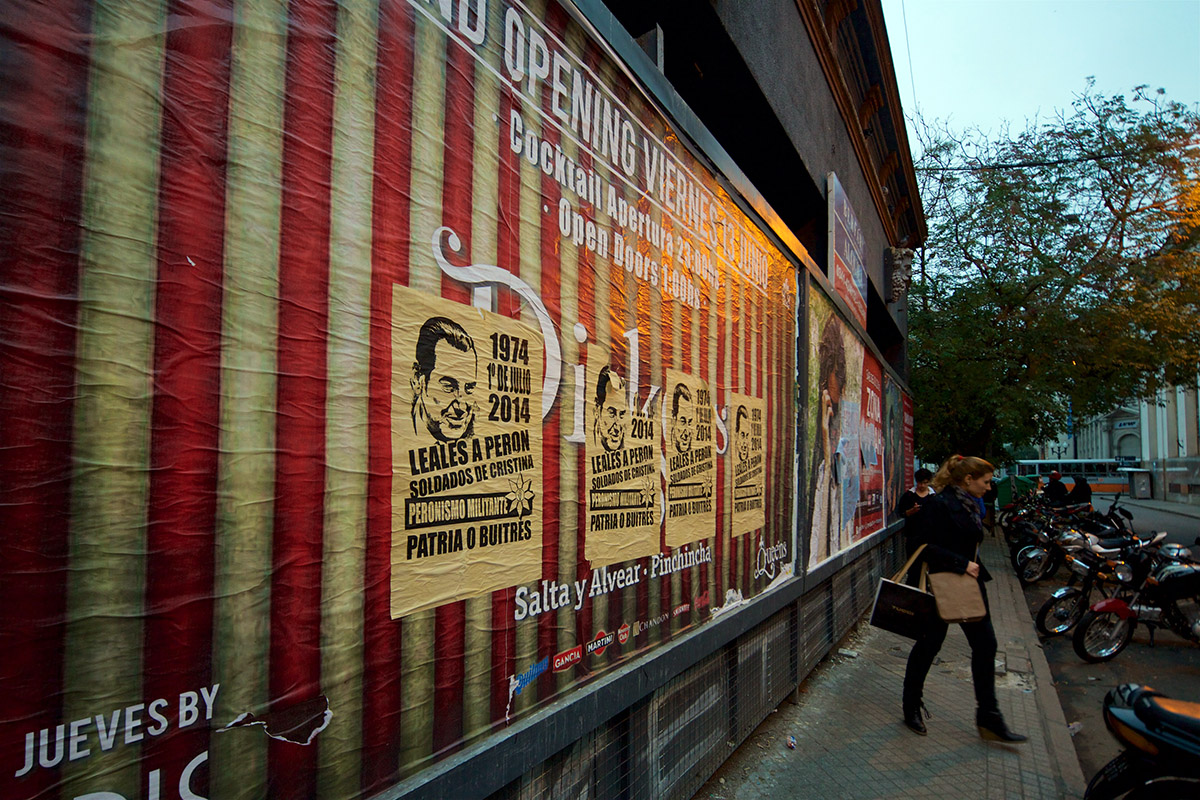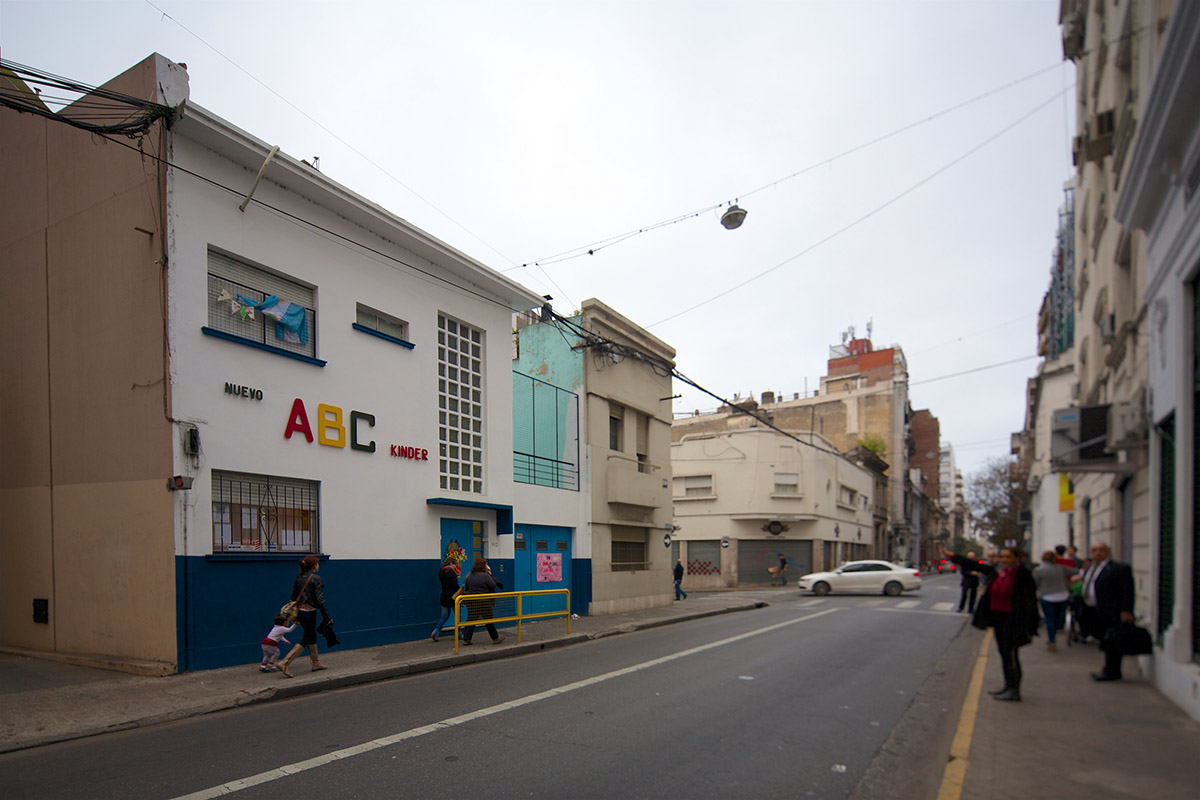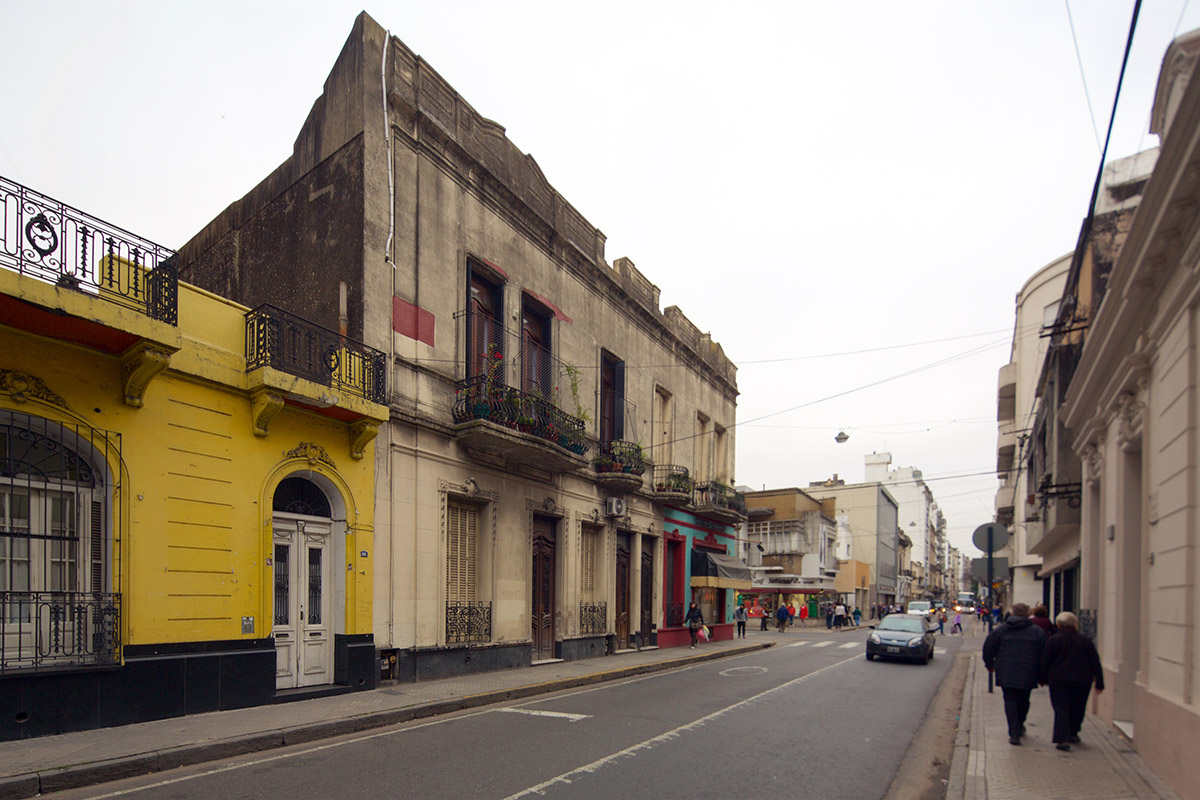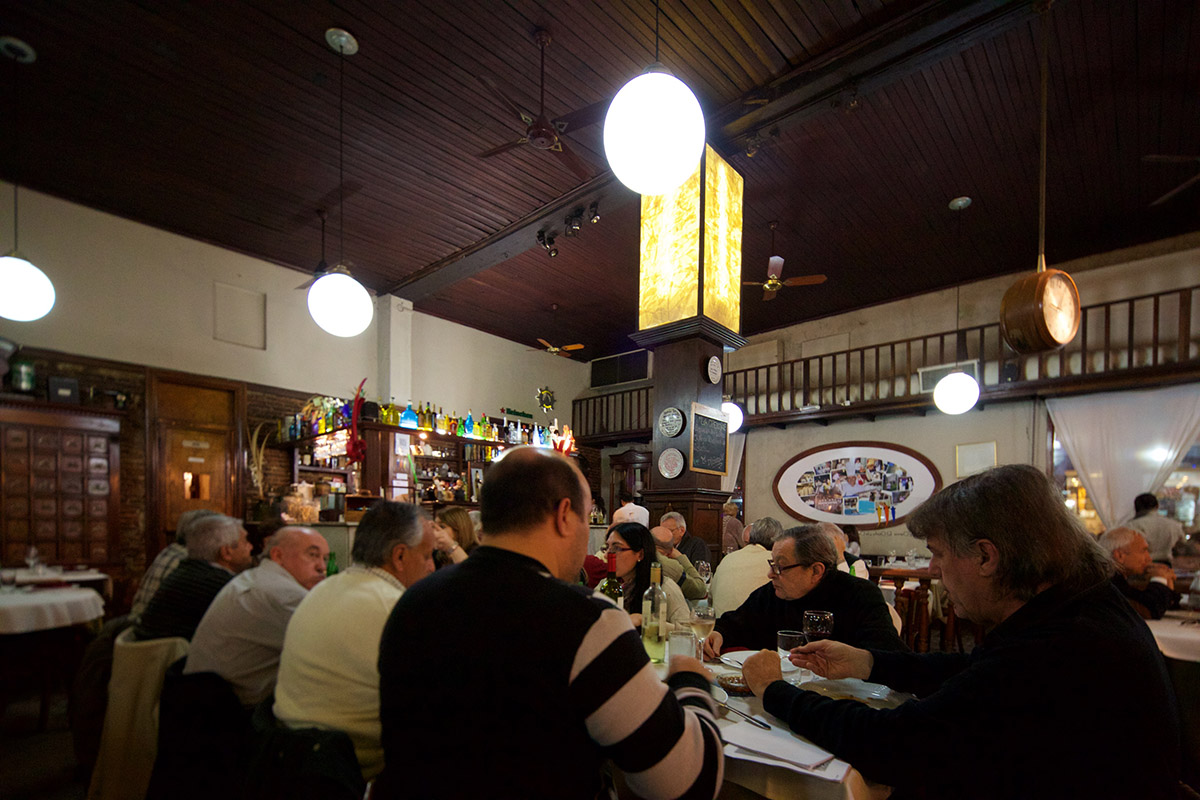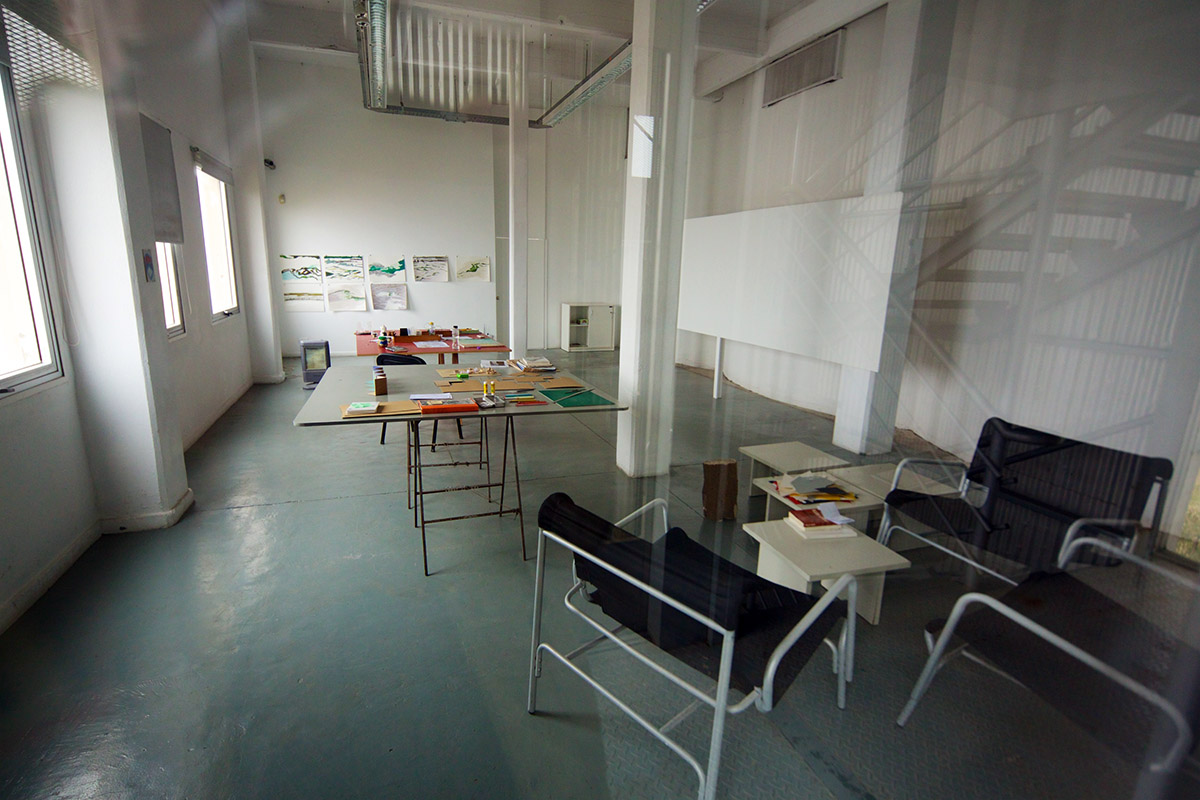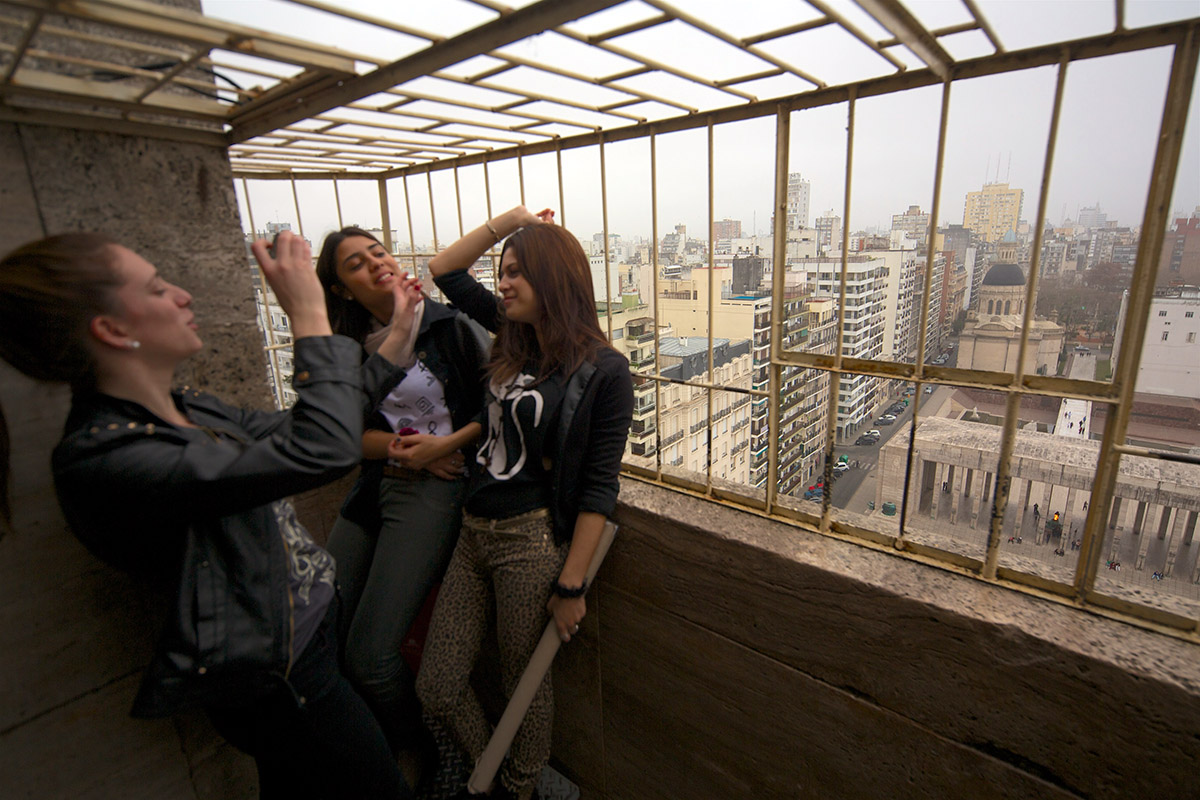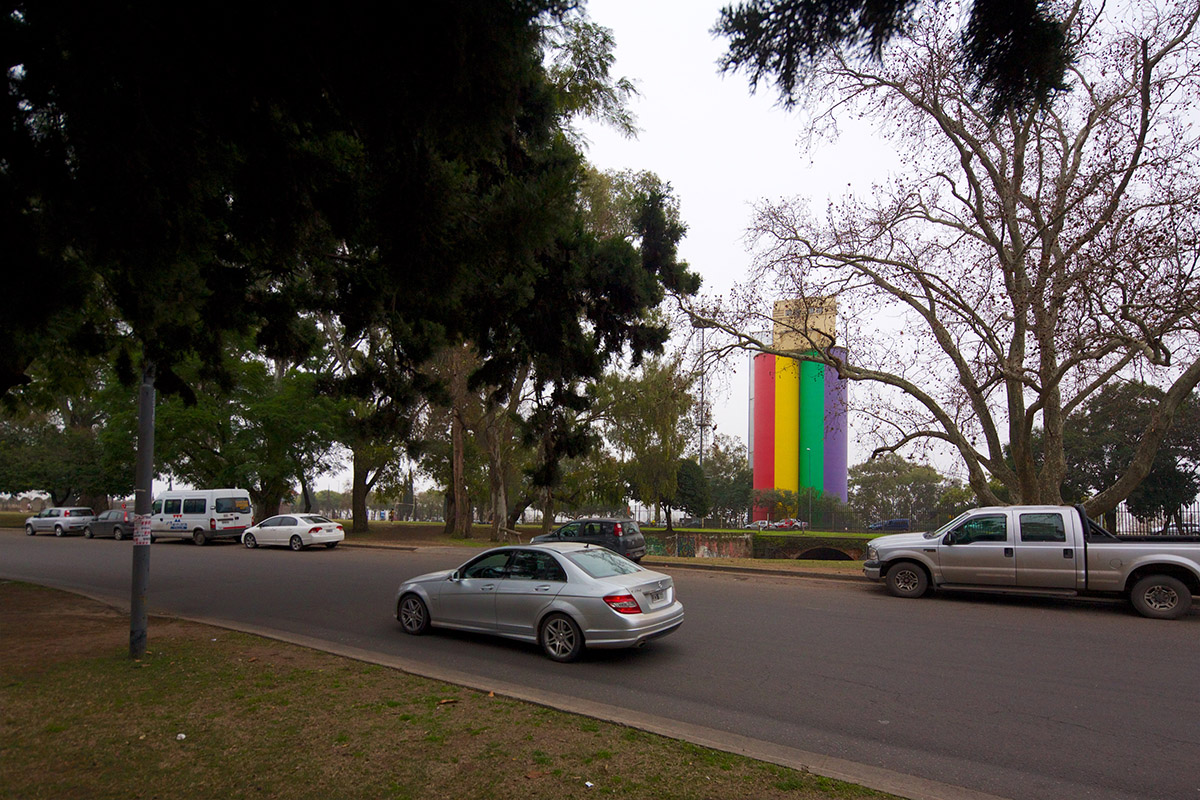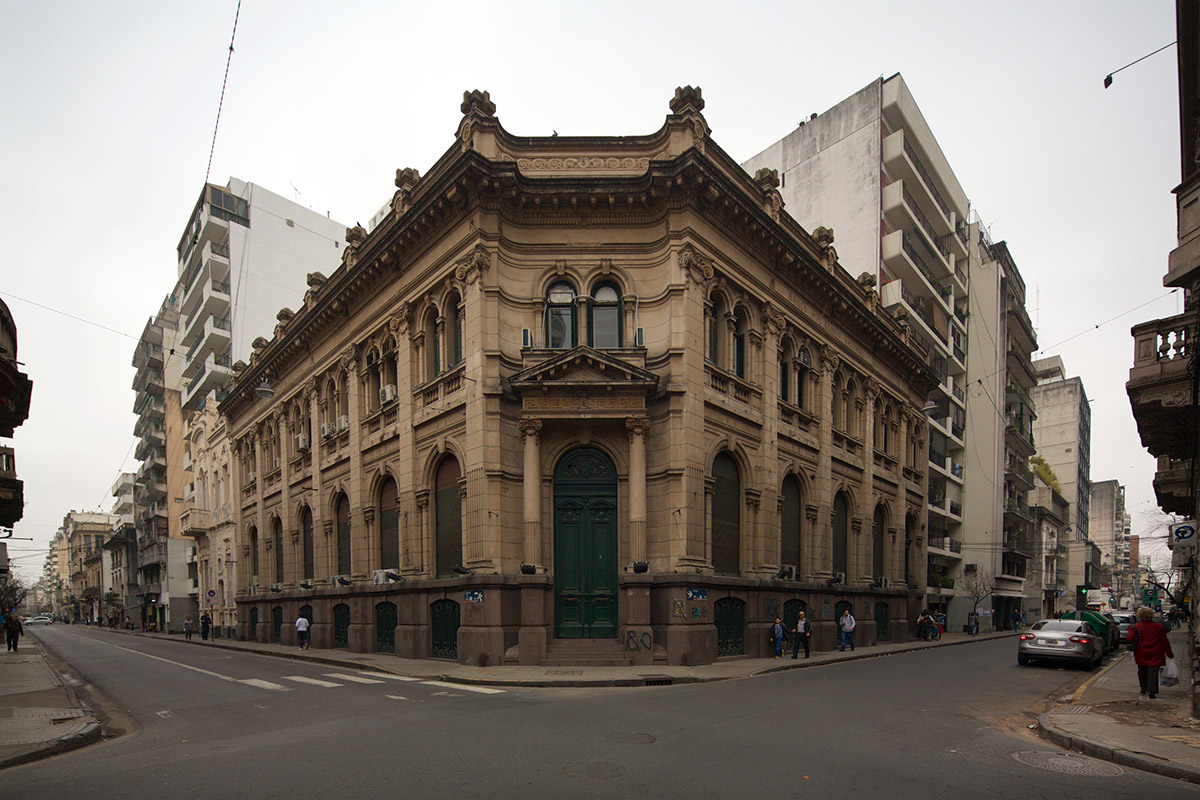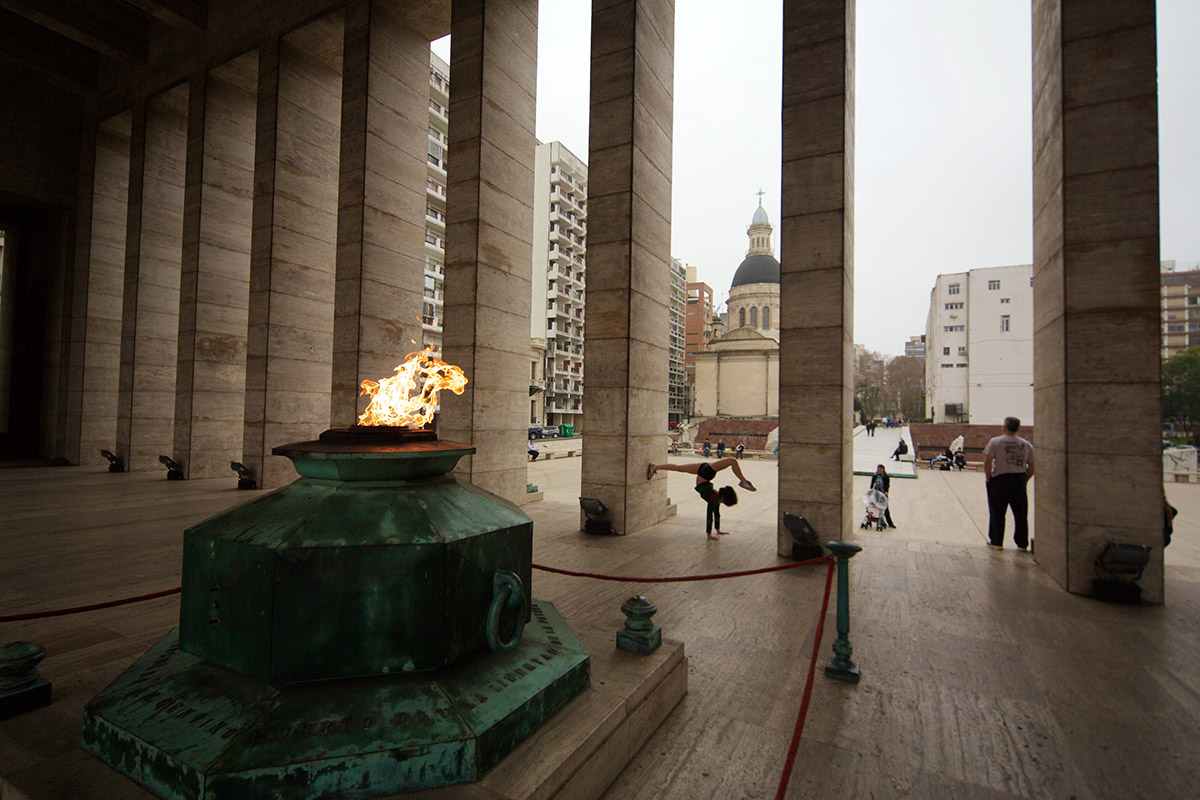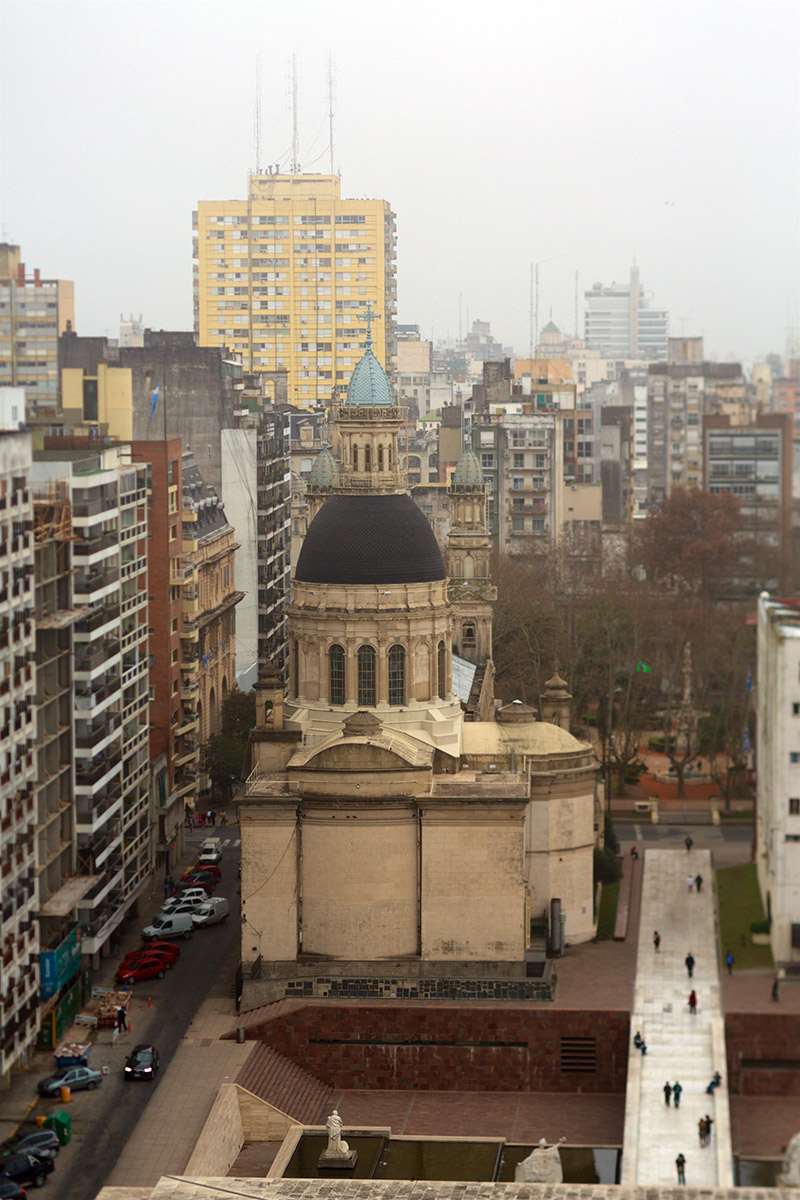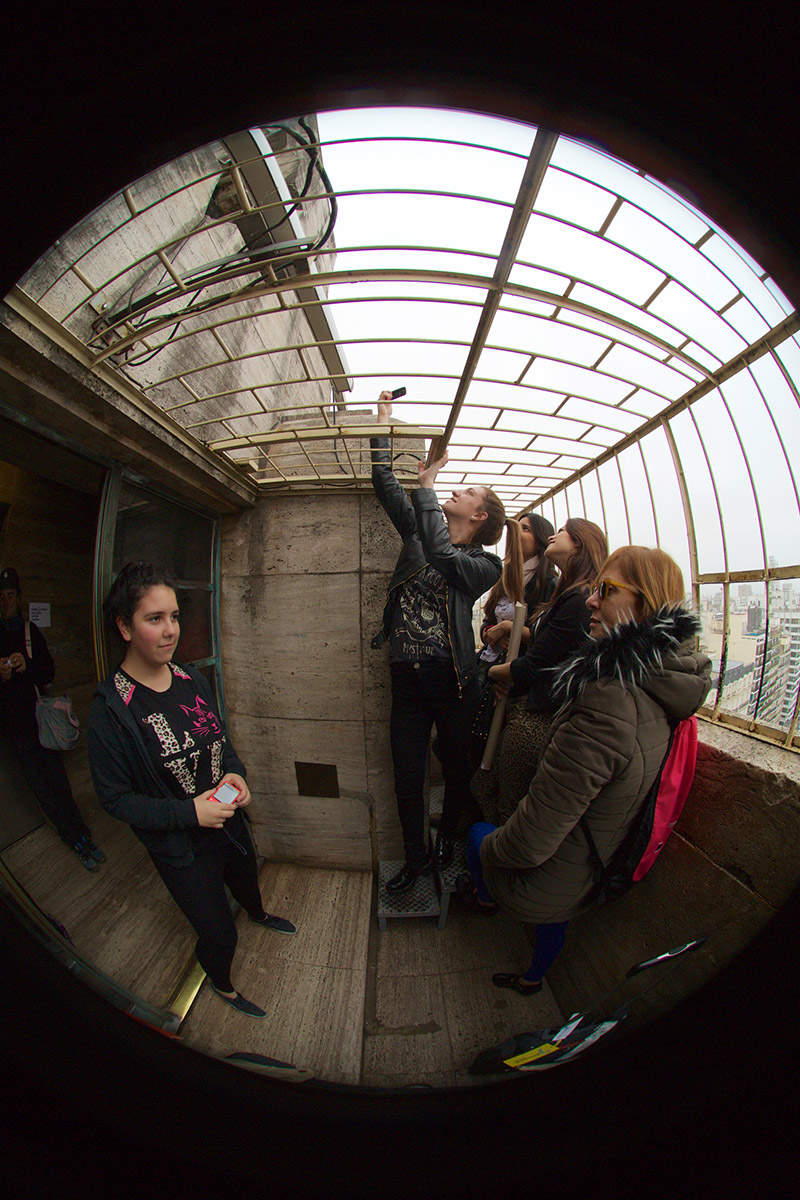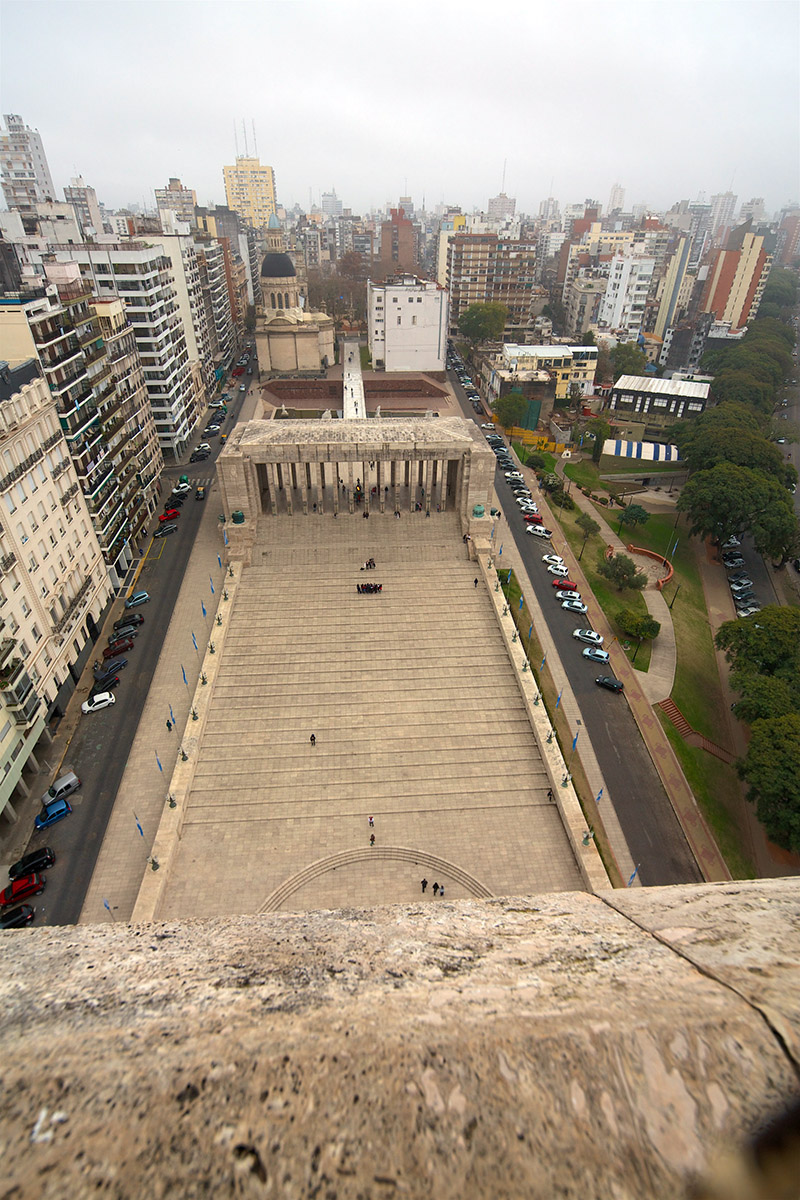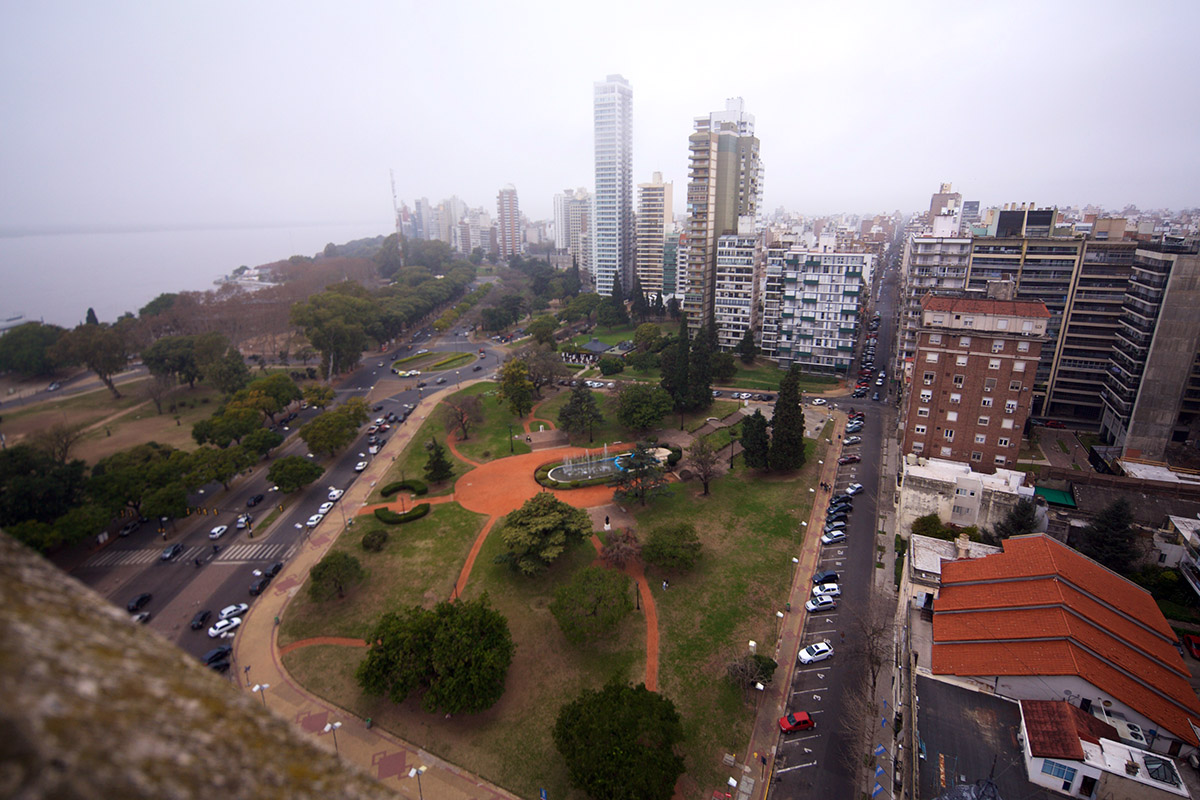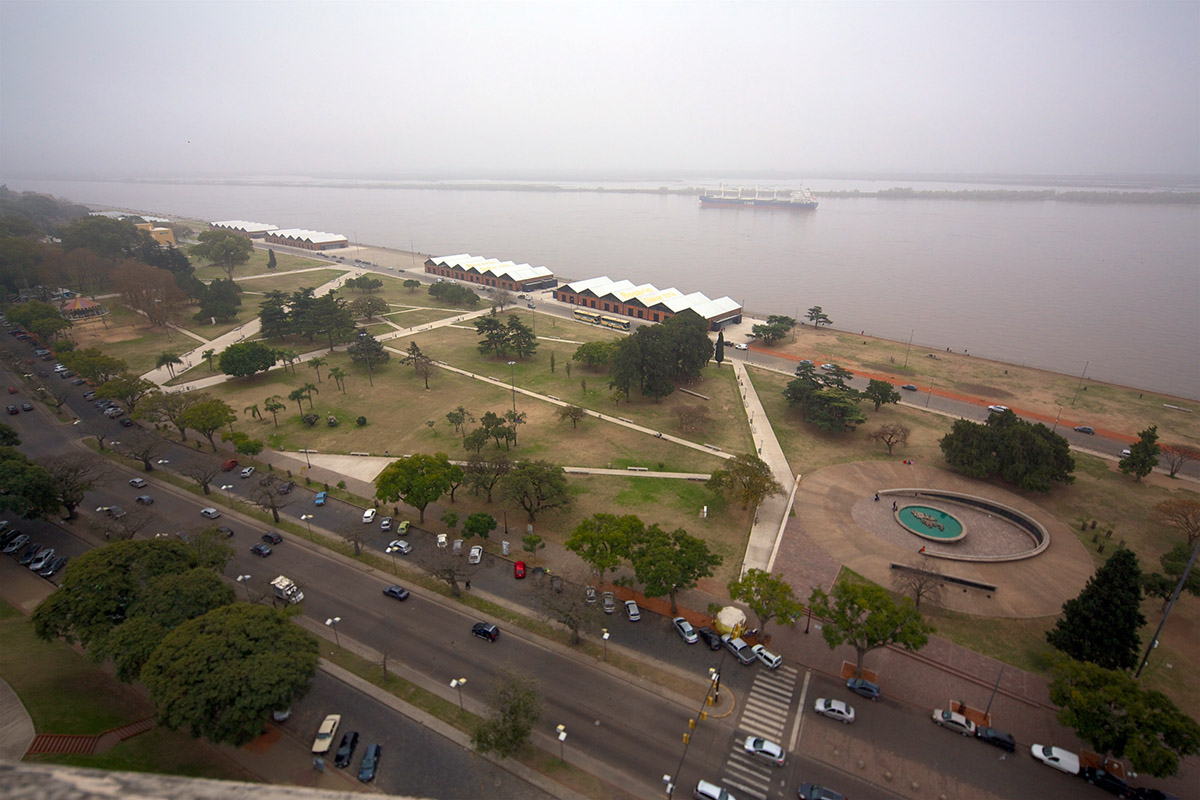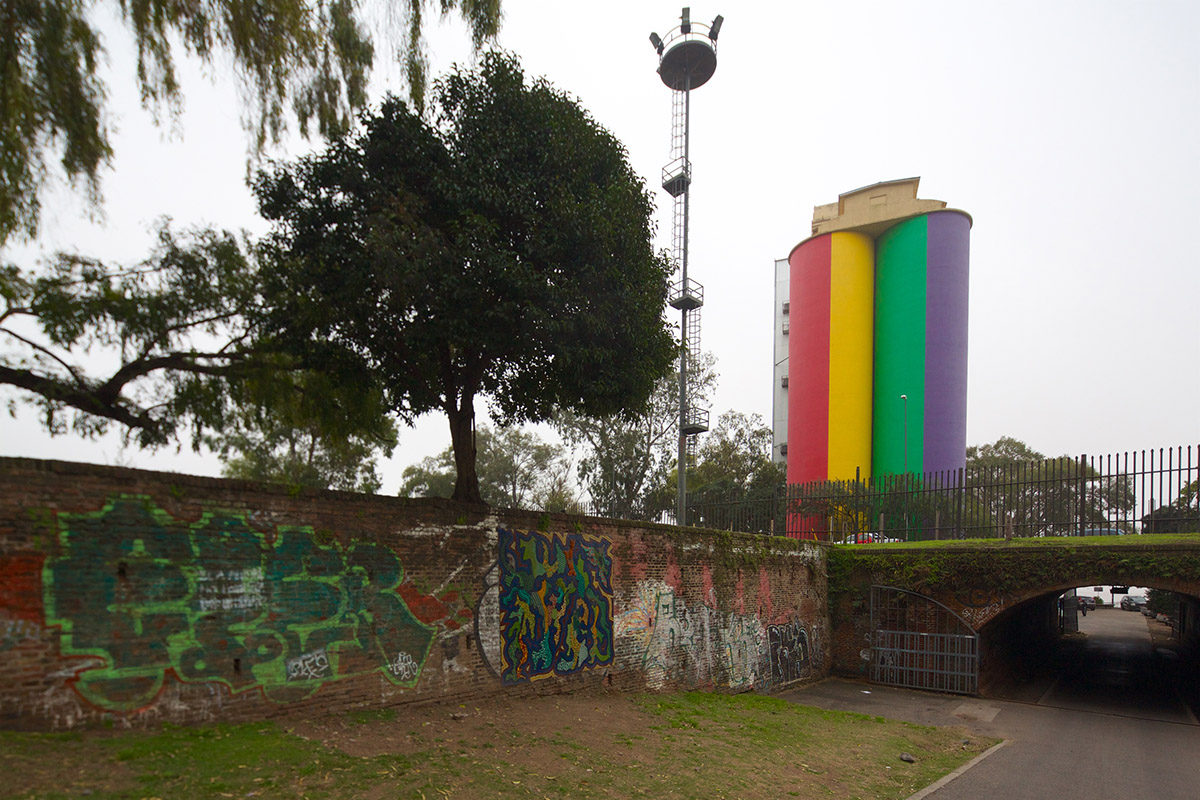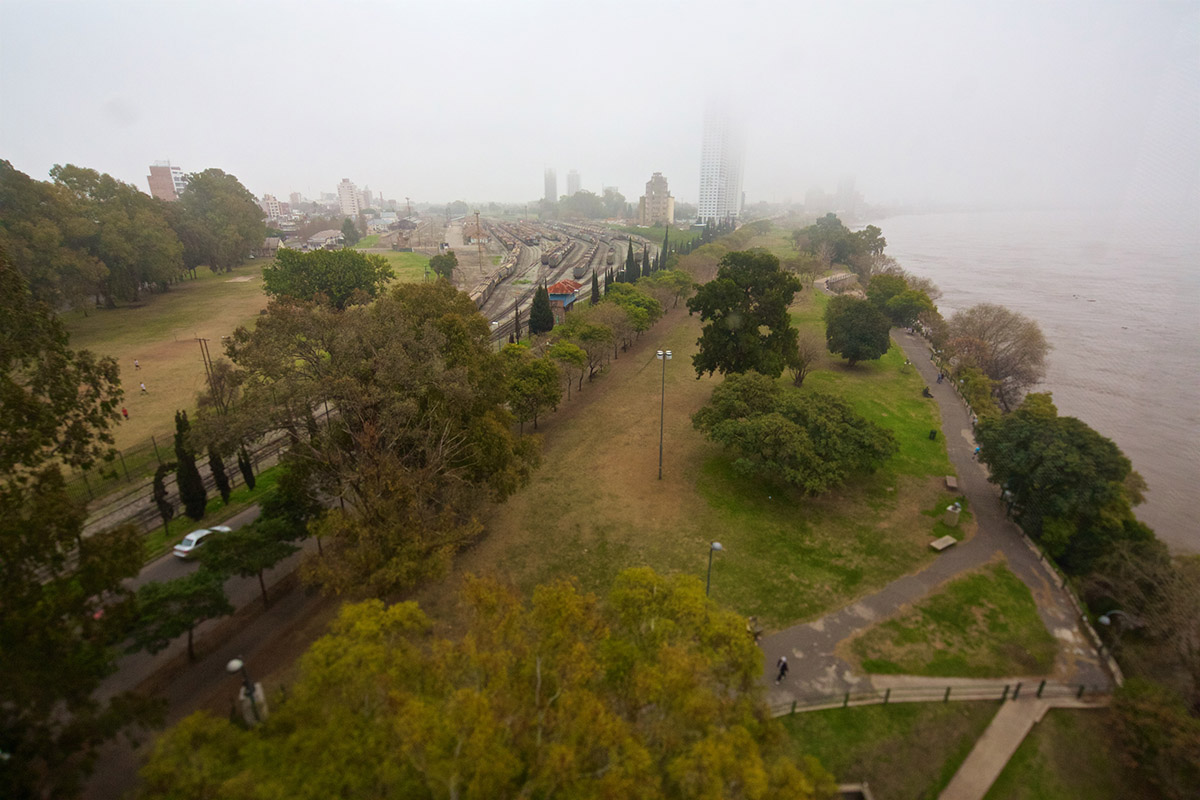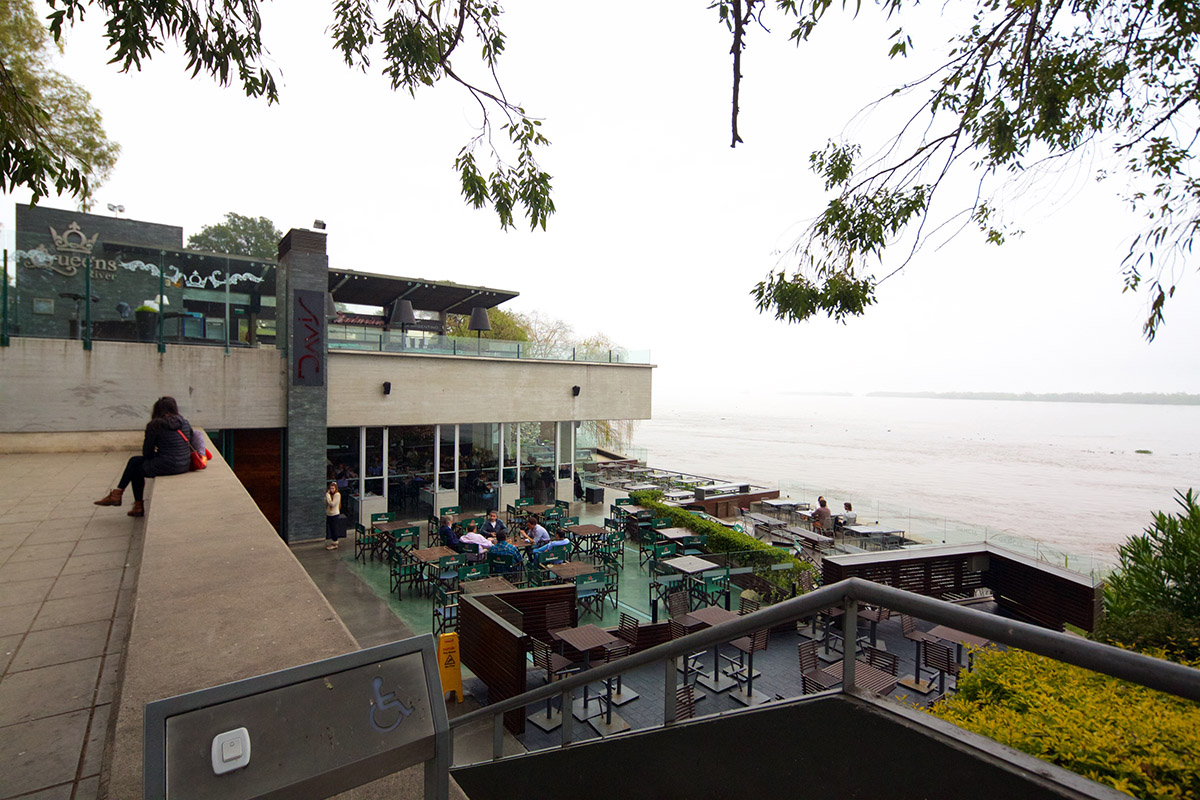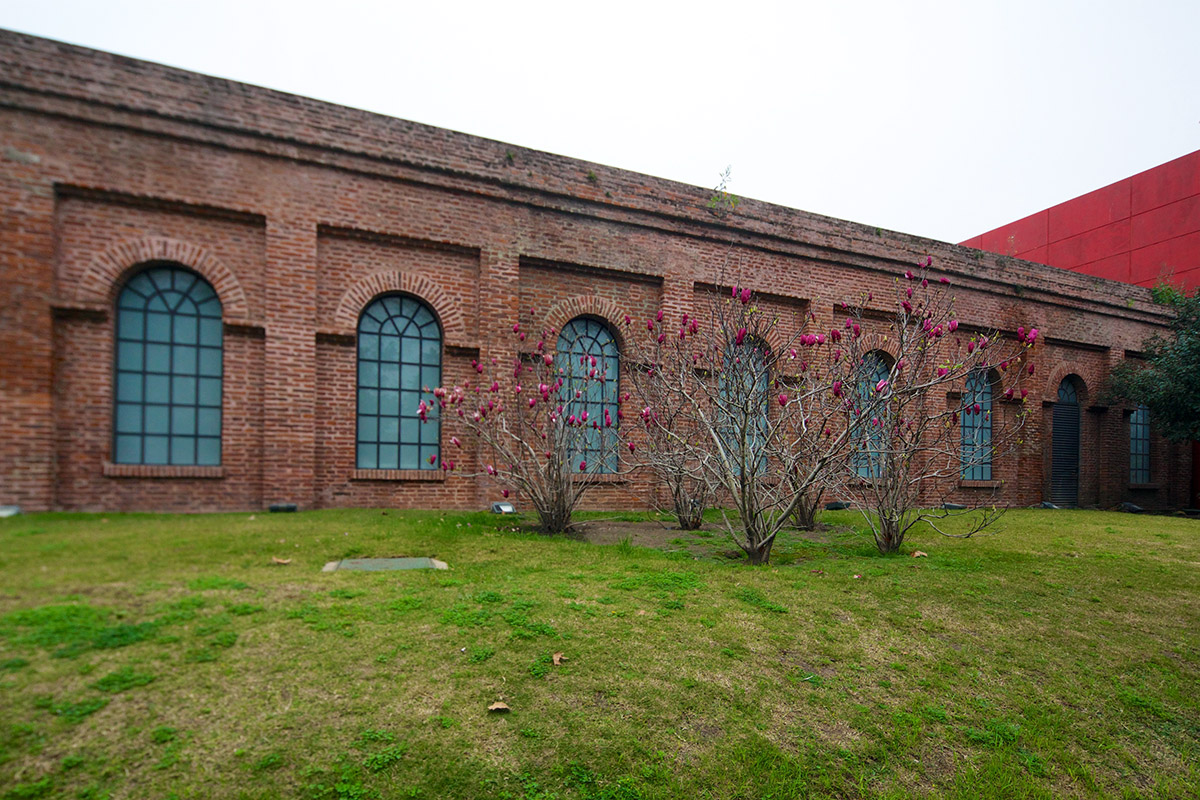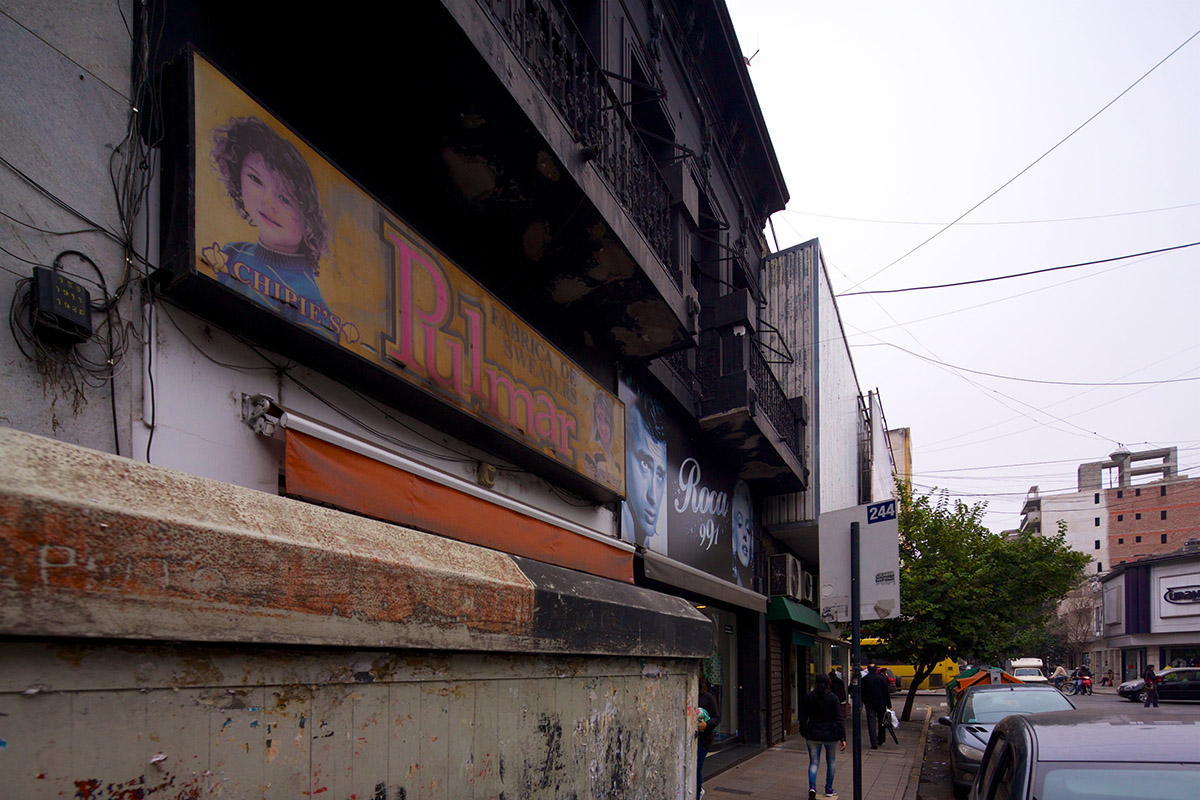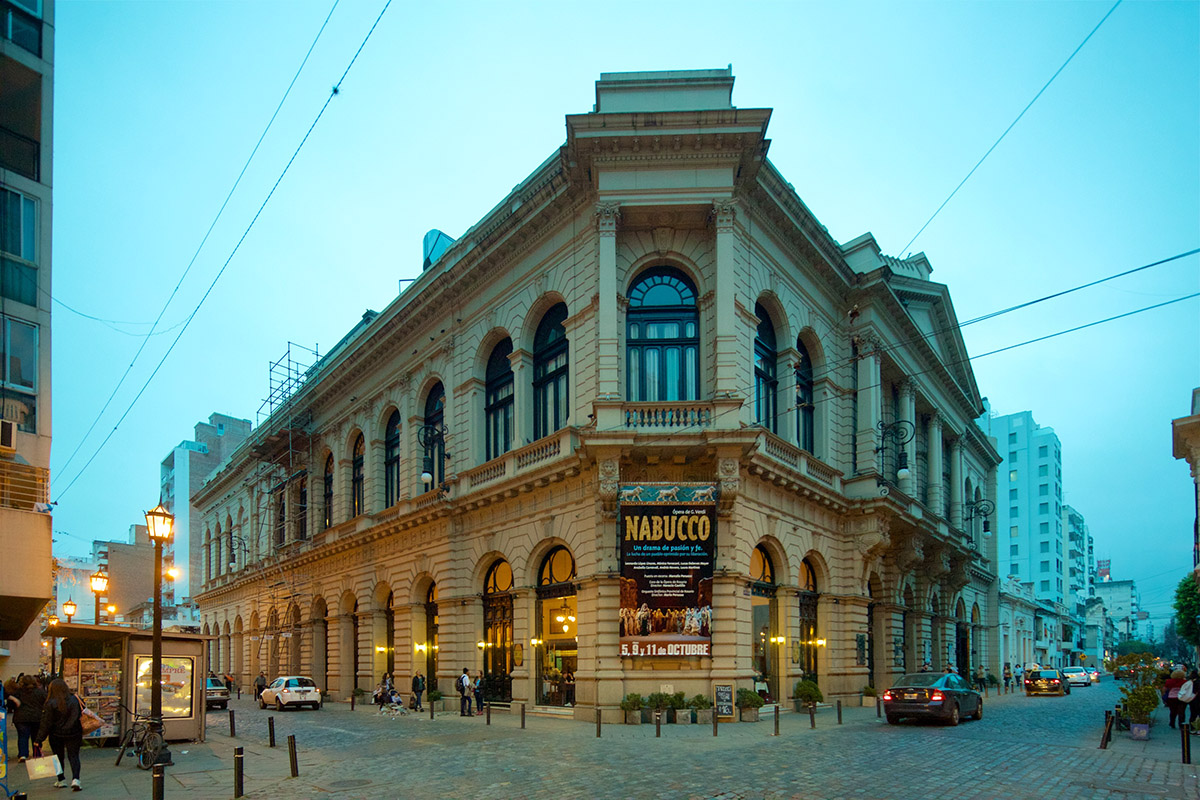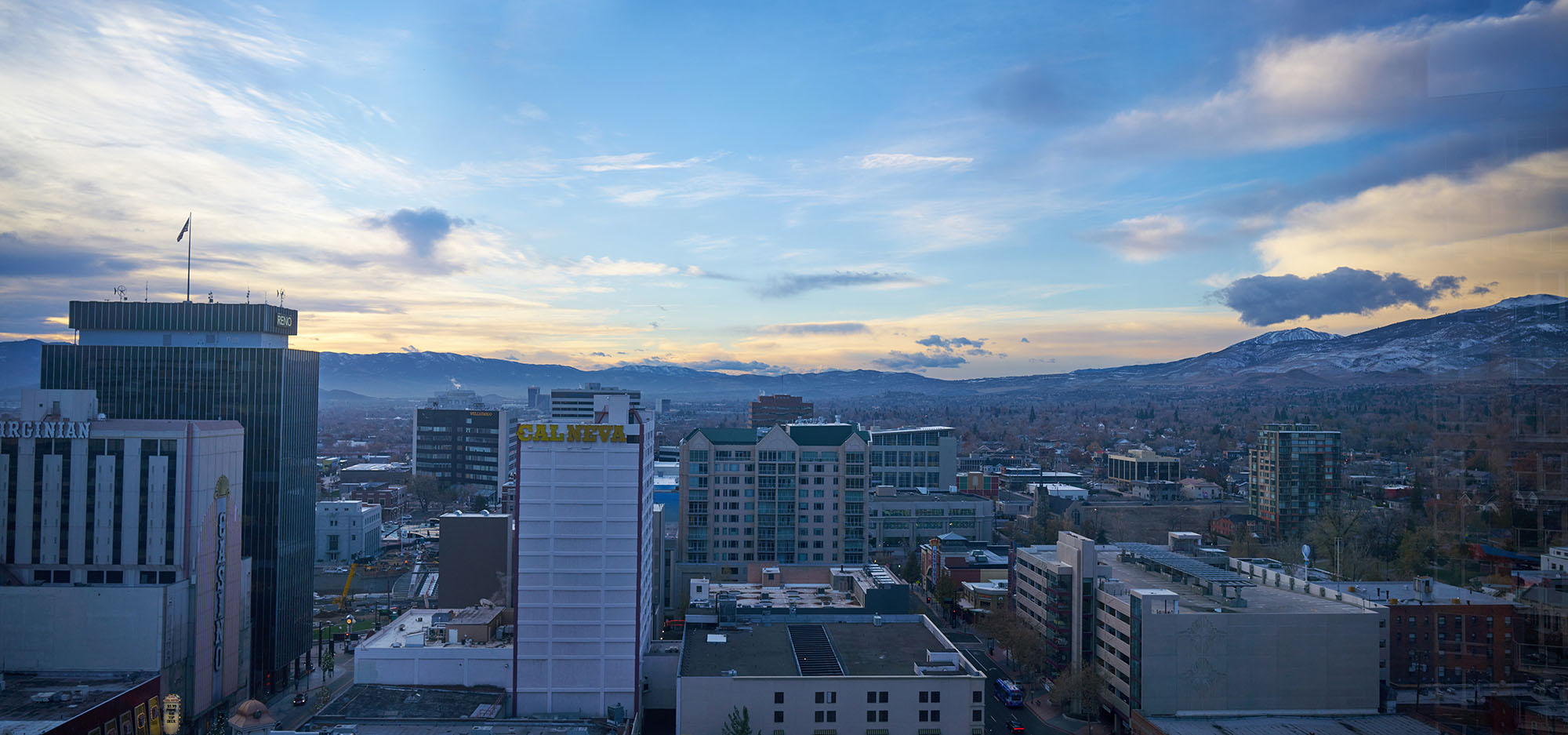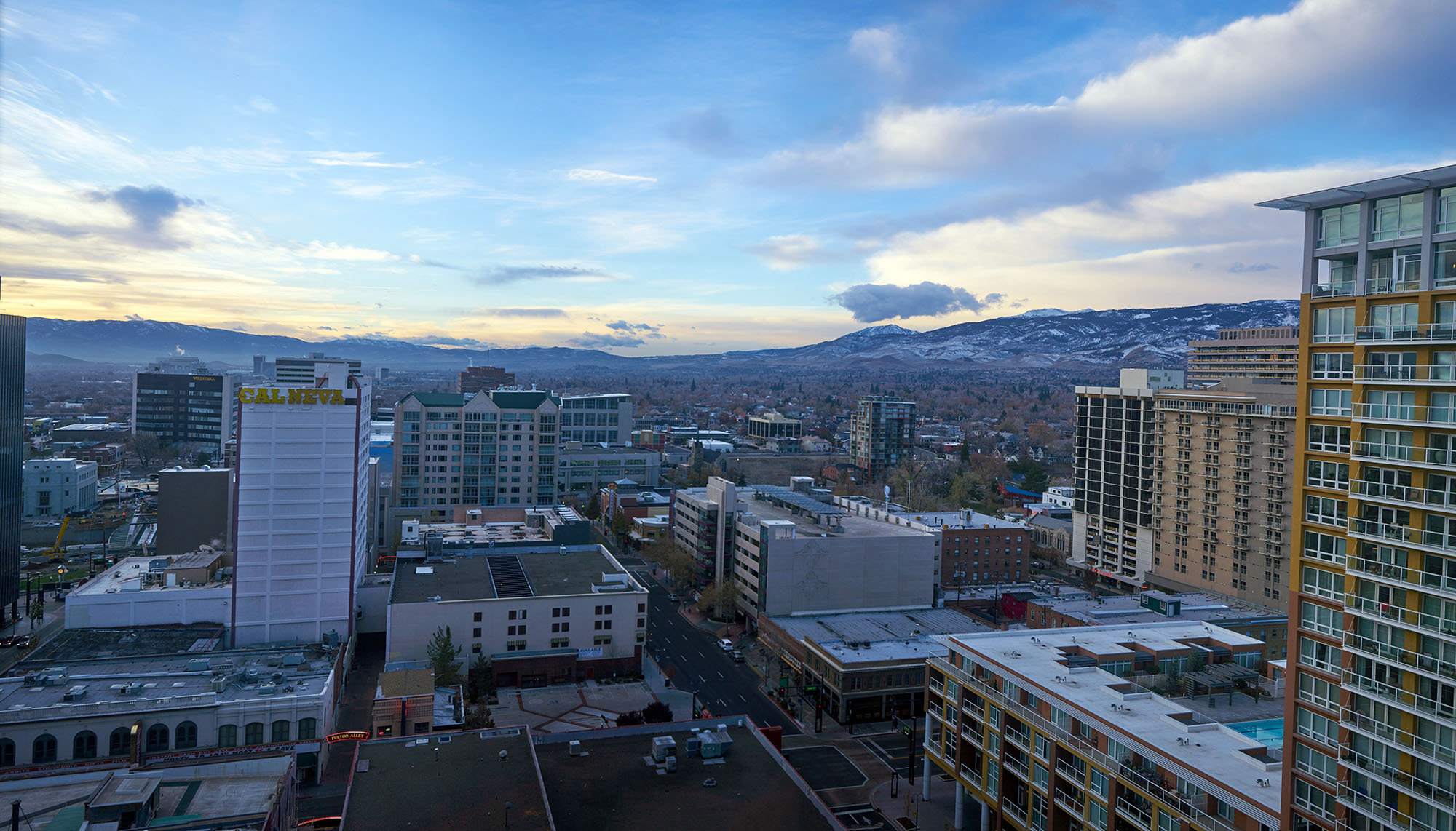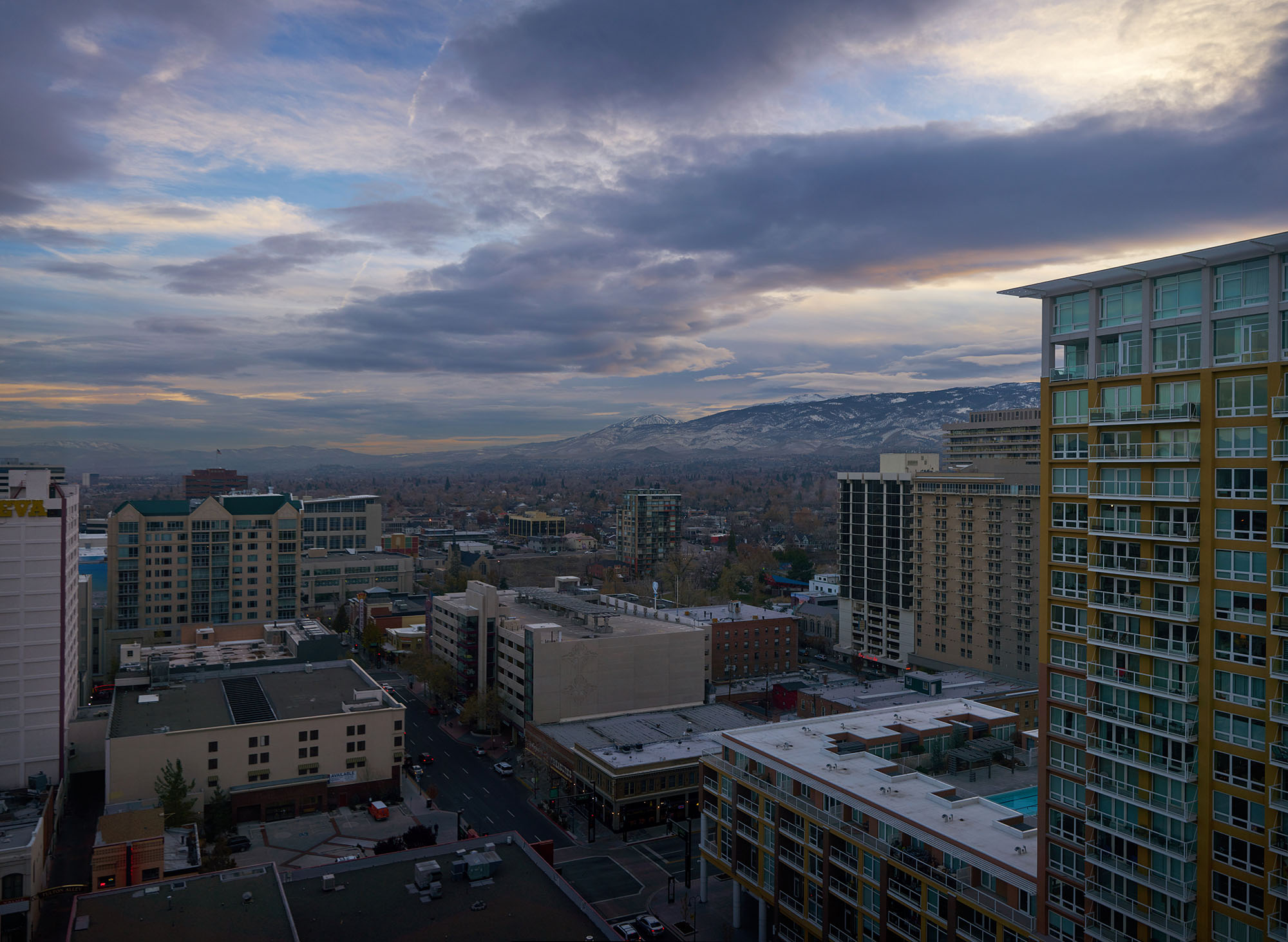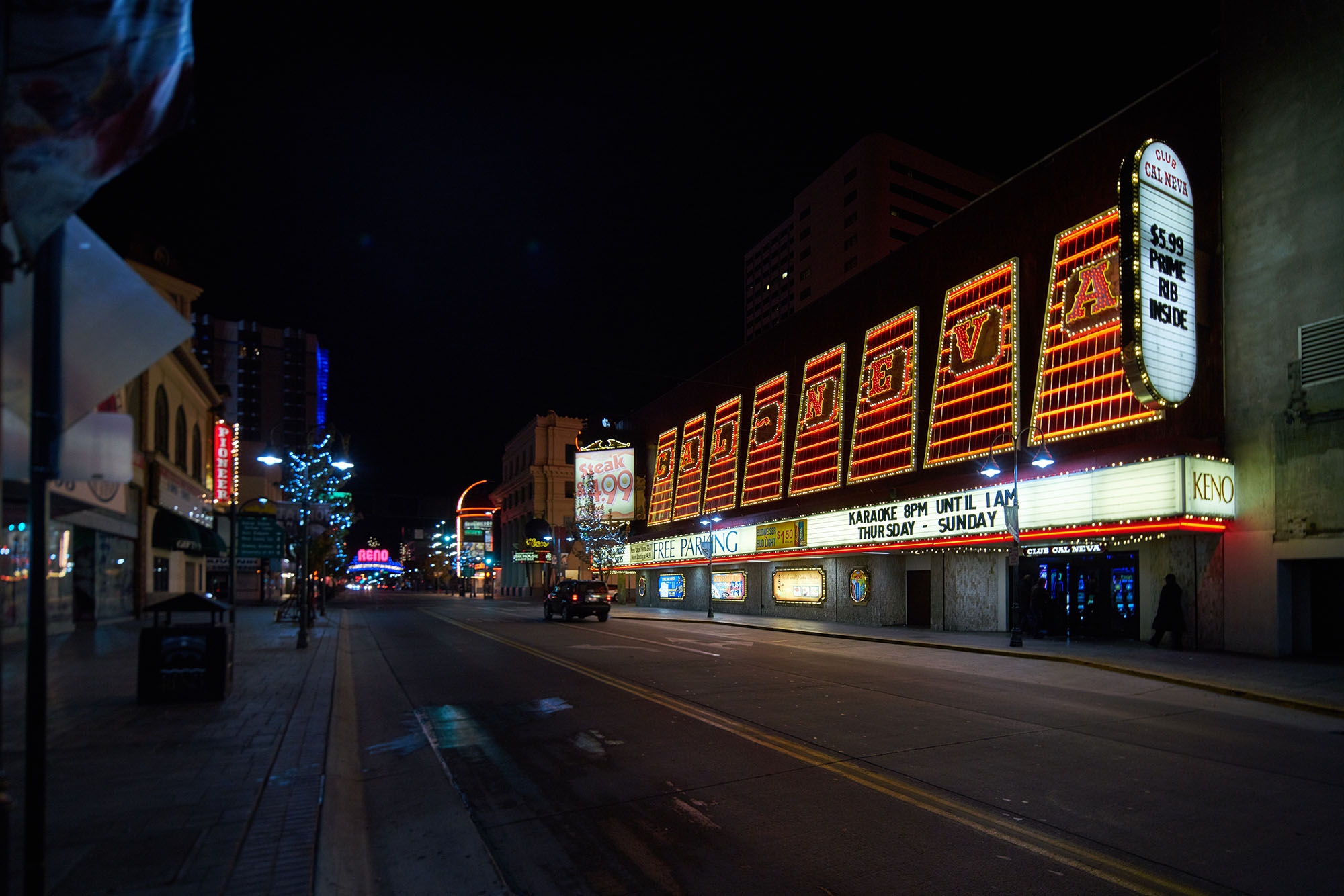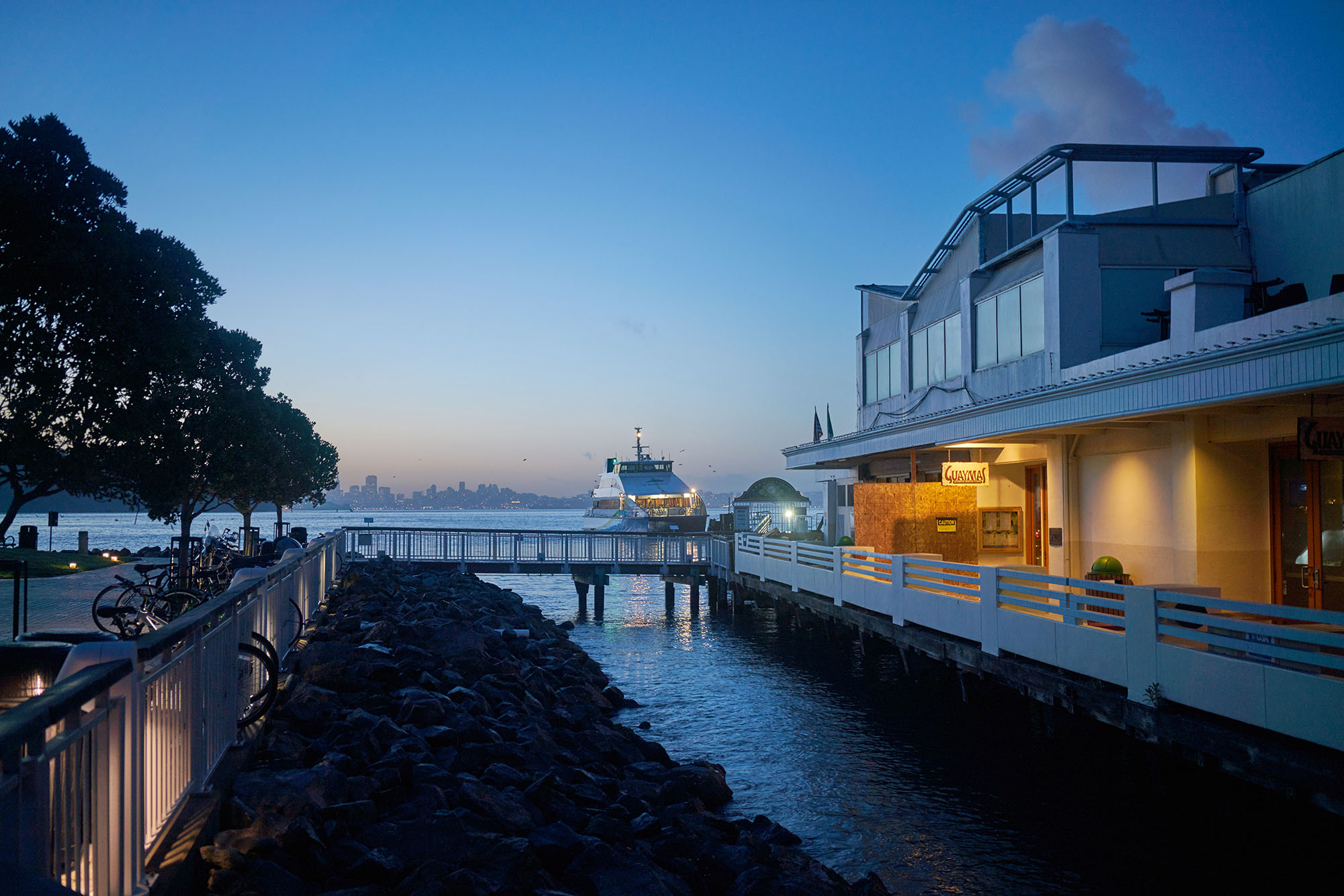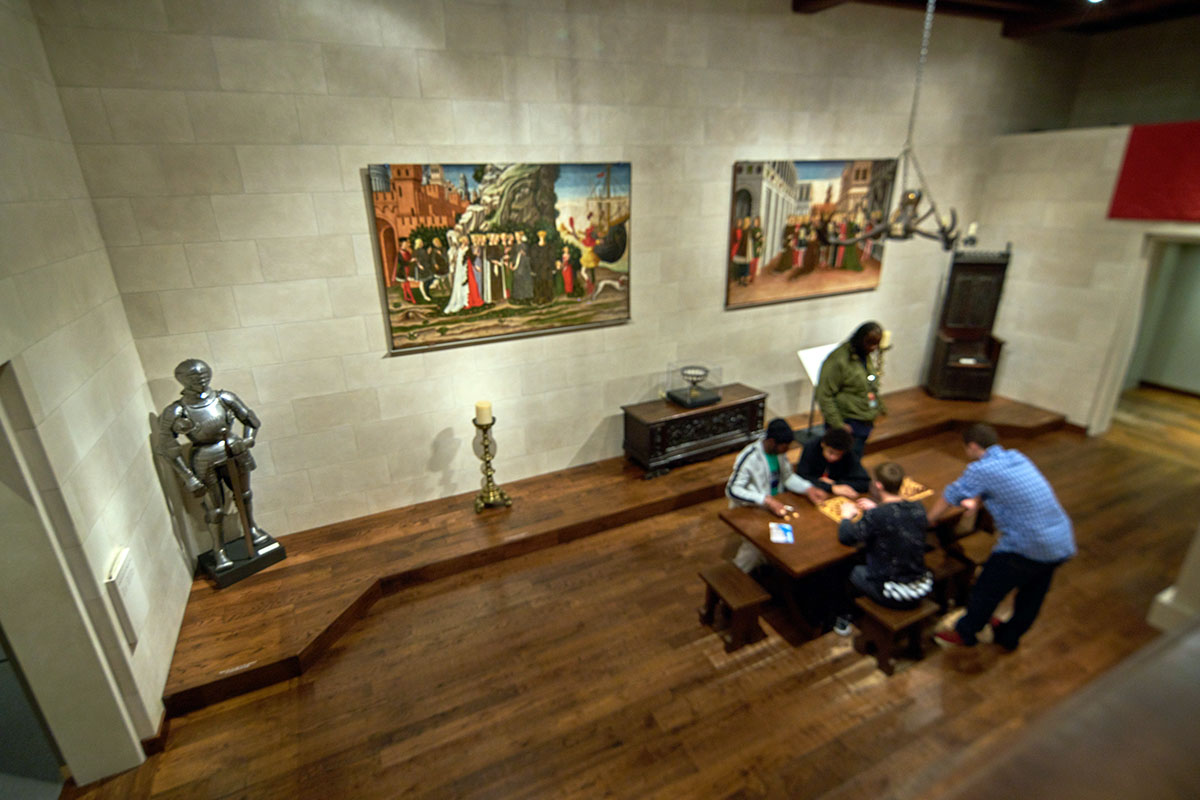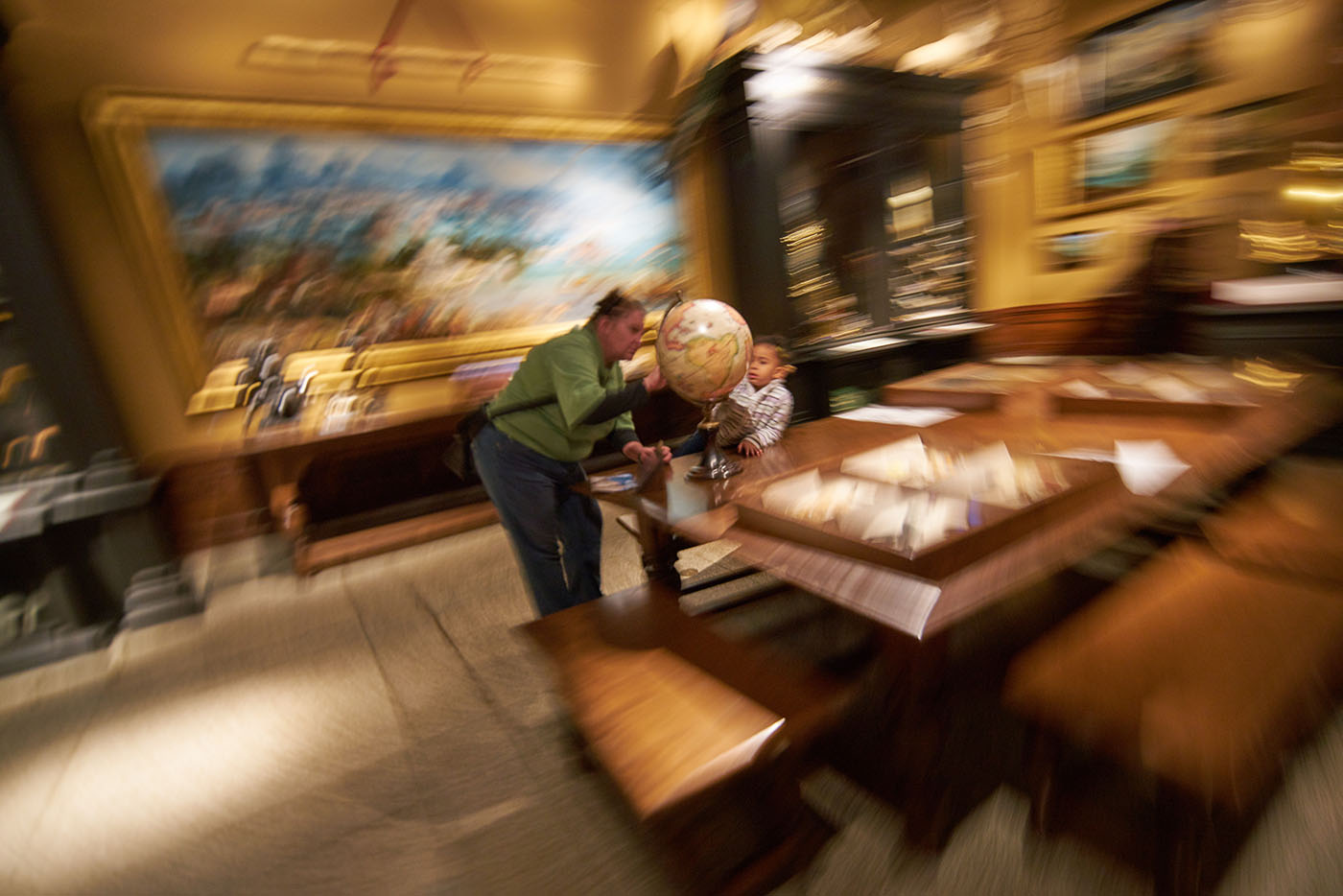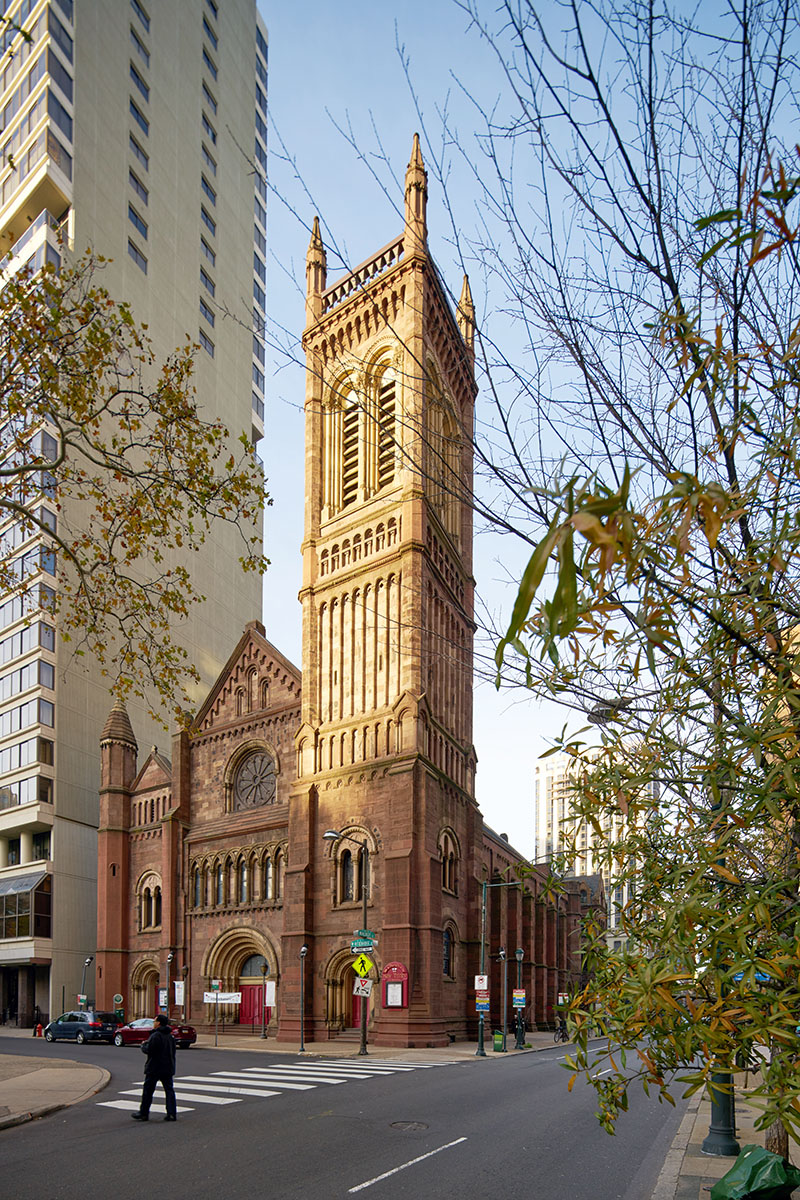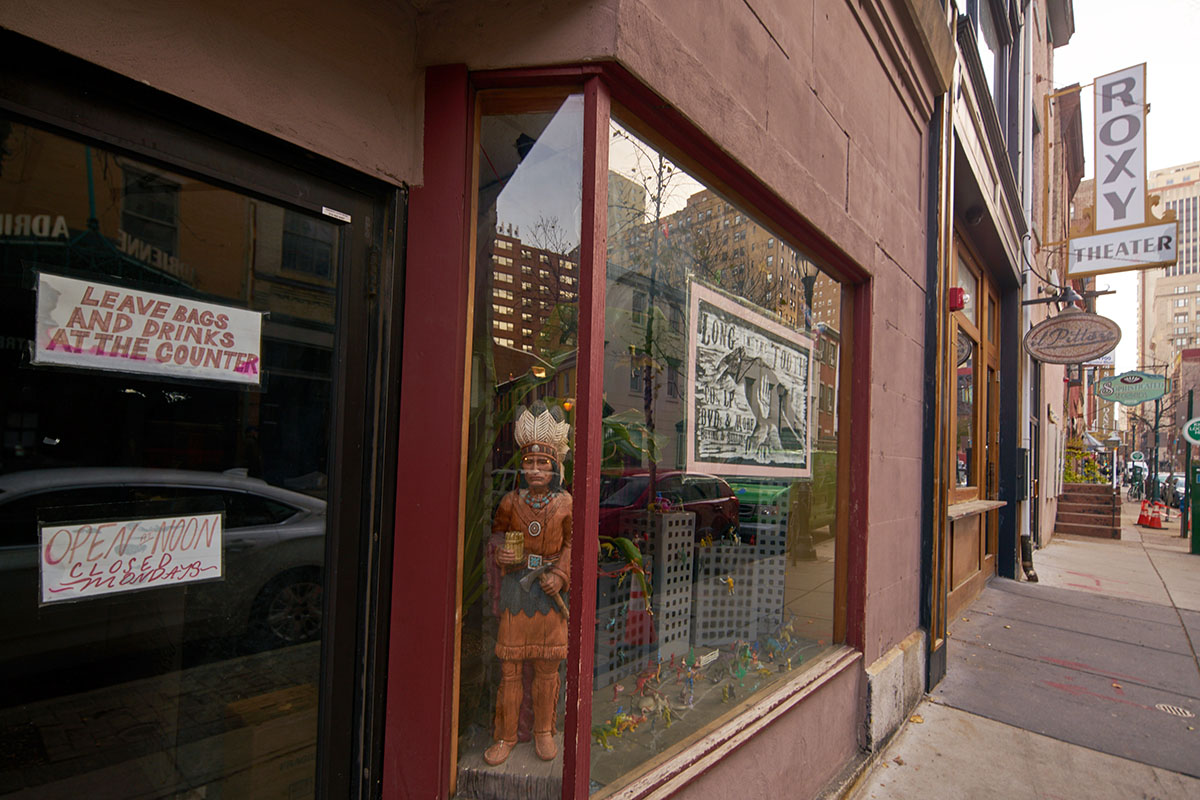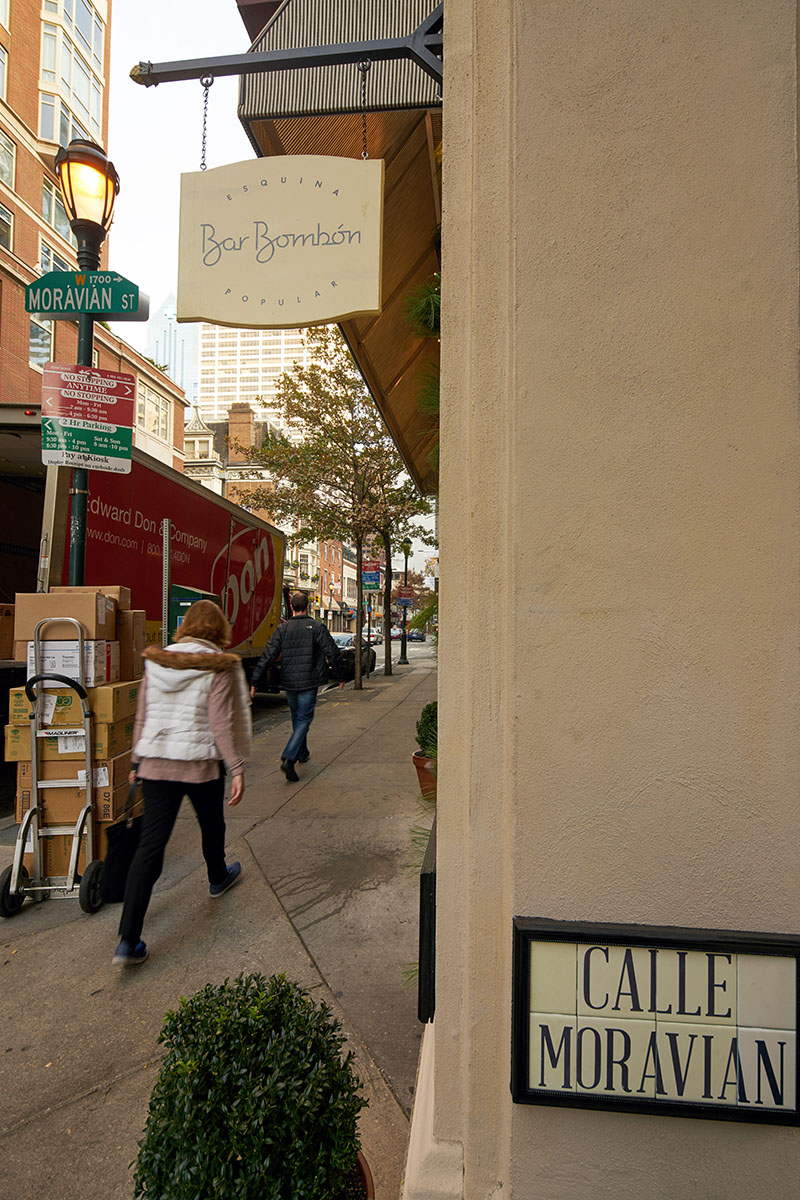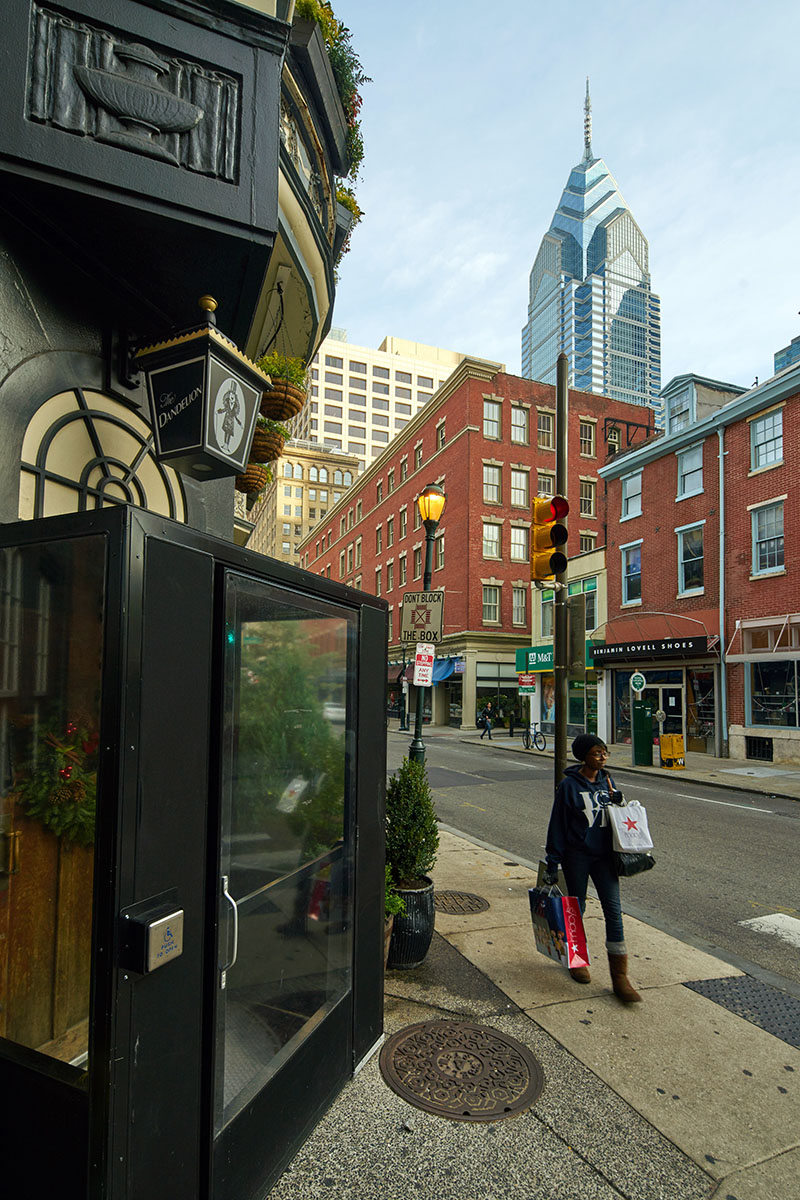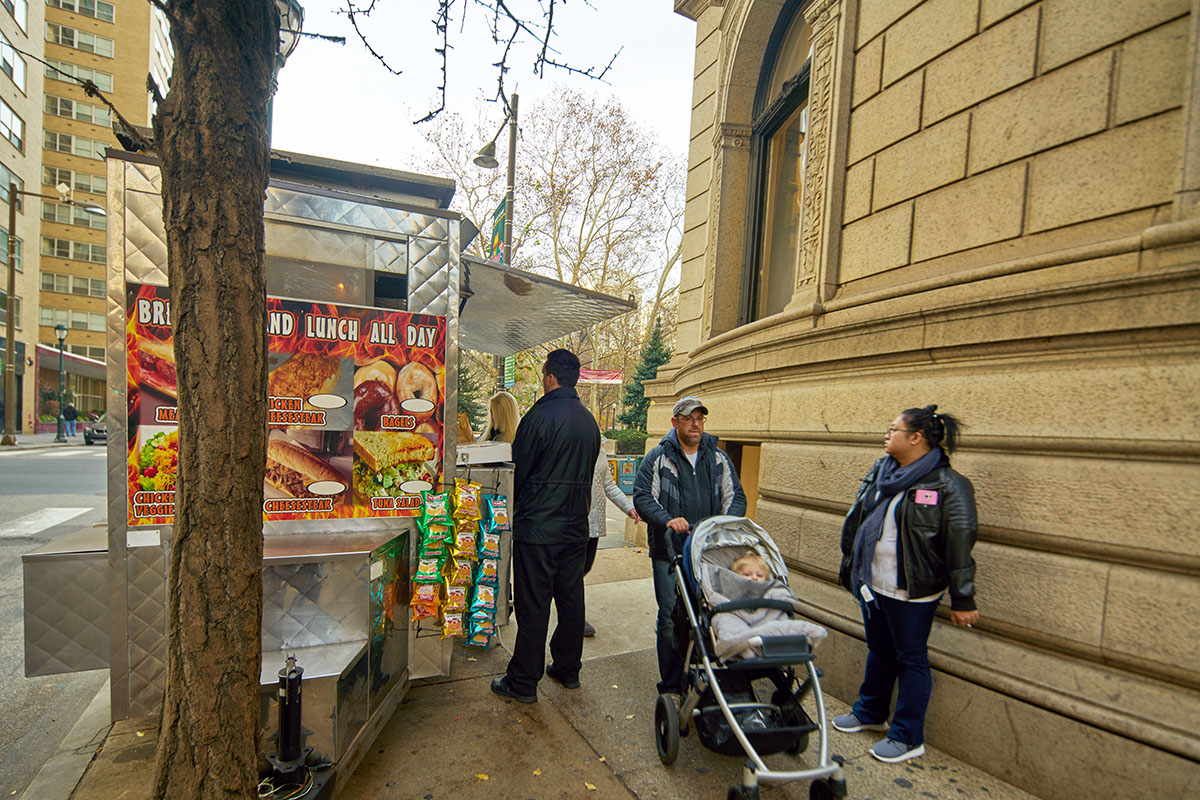Memories of a drive to and from Rosario were revived by a recent Economist “Bello” column on that City by the River (wikipedia).
I thought it time to share photos and a panorama from that 2014 journey.
This means that Rosario has no aristocracy but rather a bourgeoisie, based on family businesses, says Gerardo Bongiovanni, who runs Fundación Libertad, a liberal think-tank in the city. Both the city and the surrounding province of Santa Fe have been relatively well-governed since the 1980s, he adds. Rosario, and now the province, is a bastion of the Socialist Party, a moderate and non-populist grouping that models itself on its namesake in Spain. Argentines know the city as a centre of culture and a nursery of footballers—Lionel Messi, Ángel di María and Javier Mascherano, the brightest stars of the national team, were born there or nearby.
Rosario’s residually elegant tree-lined avenues of Belle Époque houses are testament to its golden age as a grain port a century ago. Today it is Argentina’s agro-industrial capital. The world’s biggest and most efficient cluster of oilseed-crushing plants stretches for 80km (50 miles) along the Paraná. Rosario has therefore suffered from President Cristina Fernández de Kirchner’s policy of squeezing farmers to benefit her clientele in the cities. Soya exports, for example, are subject to a 35% “retention” imposed in 2007 after world prices rose. Farmers suffer, too, from the overvalued peso.
At the vast crushing plant of Louis Dreyfus Commodities, a European firm, soyabeans are transformed into meal, oil and biodiesel and loaded into oceangoing ships at two wharves on the Paraná. It is a world-class operation, involving an investment of $700m, but it runs at only around 65% of capacity, says Diego Pereyra, the head of Dreyfus’s oilseeds division. For that, blame the “retentions”: after quadrupling in the decade to 2007, Argentina’s production has grown much less quickly.
What makes farmers even more furious is that they see little return from their taxes. Under Ms Fernández, the total number of public employees, pensioners and welfare beneficiaries has almost doubled. But investment in infrastructure has languished. An upgrade of the railway from Rosario to the north-west is only a third complete. Ms Fernández’s anti-business policies mean that private investment has slumped, too.
Flames greeted us on our arrival outside Rosario. Several people, using horse drawn carts placed burning tires on the freeway entering the City. We, along with many other cars made a rather long detour around the flaming tires and finally, into Rosario.



